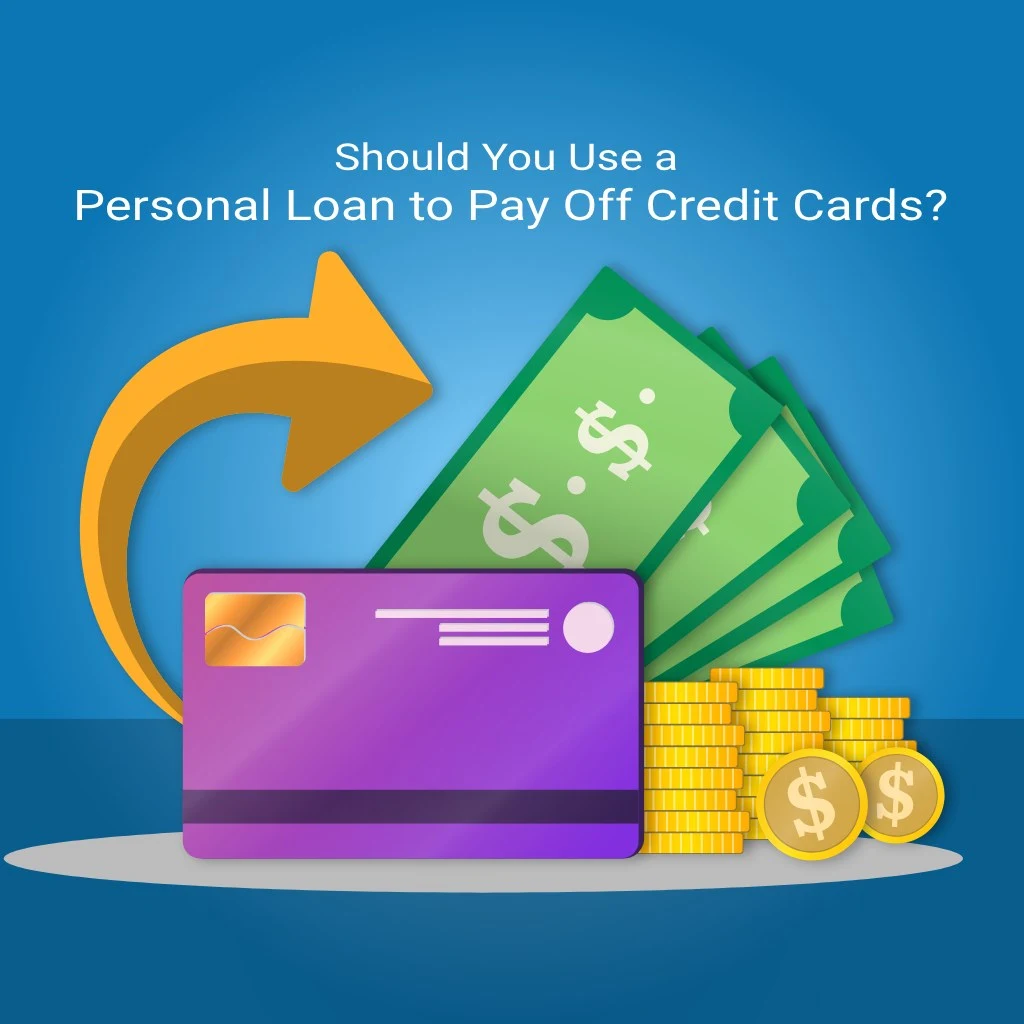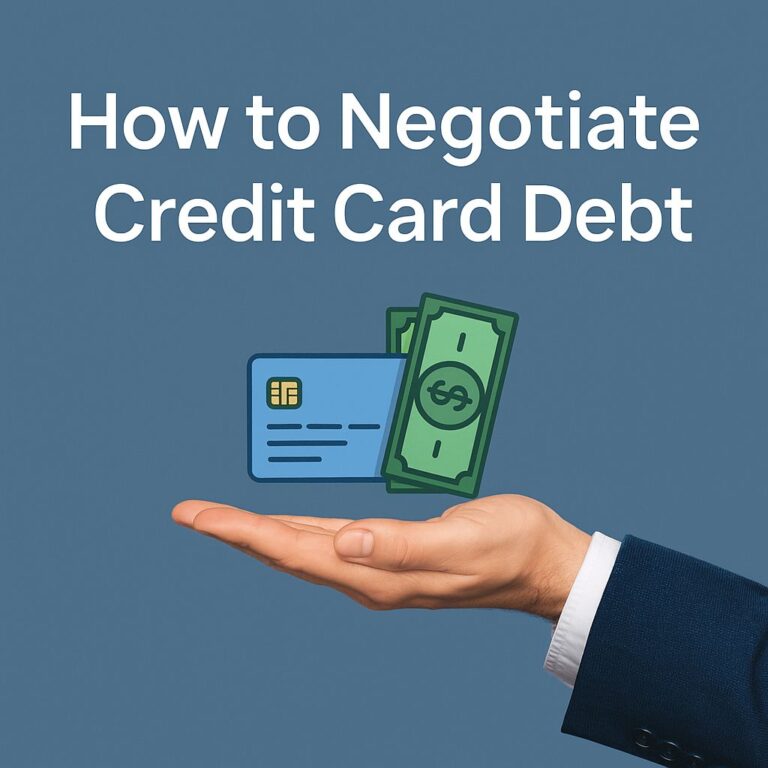Are you drowning in credit card debt? Do you make monthly payments that seem to have zero impact on the ever-growing balance, thanks to those pesky high interest rates? If you’re frantically nodding your head in recognition, you’re not alone. Many people struggle with credit card debt, feeling trapped in a relentless cycle of minimum payments and accruing interest.
One strategy that gets tossed around is using a personal loan to pay off debt. But is this a magical solution that will propel you towards financial freedom? This article dives deep into this debt consolidation tactic, specifically focusing on using a personal loan to pay off credit cards. We’ll dissect the potential benefits and drawbacks, while also exploring alternative solutions to help you break free from credit card quicksand. By the end of this journey, you’ll be well-equipped to decide whether a personal loan is the right step for your unique financial situation.
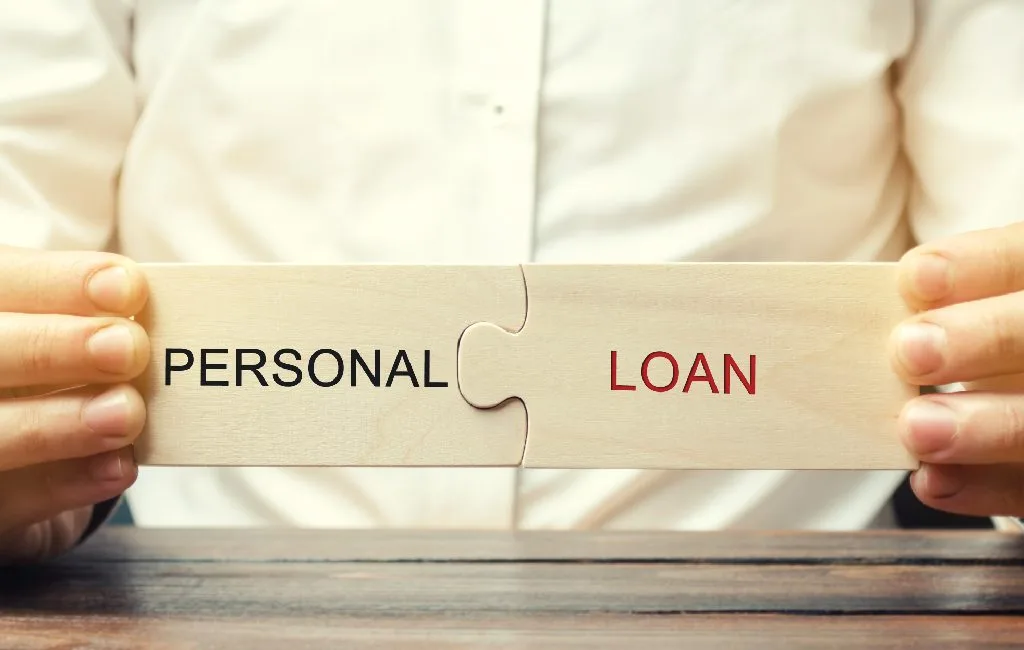
Understanding Personal Loans
Credit card debt can feel like a relentless foe, trapping you in a cycle of high-interest payments and seemingly insurmountable balances. One strategy that emerges as a potential savior is the personal loan. But before diving headfirst into this tactic, let’s equip ourselves with a clear understanding of personal loans.
Unlike mortgages or auto loans, personal loans come with distinct characteristics:
- Unsecured Nature: Forget putting your car or house on the line. Personal loans are typically unsecured, meaning you don’t need collateral to qualify. This makes them more accessible but also potentially riskier for lenders, which can influence interest rates.
- Eligibility & Interest Rates: Lenders assess your creditworthiness – a combination of your credit score, income stability, and overall financial health – to determine your eligibility and offer a specific interest rate. A good credit score can translate into a significantly lower interest rate on your personal loan, saving you money in the long run.
- Loan Amounts & Terms: Personal loans offer flexibility in terms of amount and repayment period. Loan amounts can range from a few thousand dollars for unexpected expenses to upwards of $50,000 for larger goals like home renovations or, crucially for our discussion, debt consolidation. Repayment terms typically stretch from 1 to 7 years, allowing you to customize the loan to your budget and financial situation.
- Fixed vs. Variable Rates: Unlike credit cards with their ever-changing interest rates that can wreak havoc on your budget, most personal loans boast fixed interest rates. This predictability offers peace of mind. You’ll know exactly how much you owe each month, making it easier to plan and manage your finances.
- Application Process: The application process for a personal loan is generally straightforward. While a credit check is likely, you’ll also need to provide documentation to verify your income and other financial details.
By understanding these key characteristics of personal loans, you’ll be better equipped to assess whether they can be a strategic weapon in your fight against credit card debt. In the following sections, we’ll delve deeper into the potential benefits and drawbacks of using a personal loan for debt consolidation, helping you decide if it’s the right approach for your unique financial situation.

Comparing Credit Card Debt and Personal Loans
Deciding whether to use a personal loan to tackle credit card debt requires a clear understanding of the battleground – the characteristics of each type of debt.
Here’s a detailed breakdown to help you decide which weapon is best suited for your financial fight:
Credit Card Debt: The Double-Edged Sword
Credit cards can be a valuable tool, offering convenience for everyday purchases and the potential to build your credit score with responsible use. However, their ease of use can lead to a vicious cycle of debt if not managed effectively.
Here’s a closer look at the features that can turn credit cards into a double-edged sword:
- High Interest Rates: Credit card interest rates are notorious for being hefty, often ranging from a discouraging 15% to a crippling 25% or even higher for cardholders with poor credit scores. This means that even a seemingly small outstanding balance can balloon into a much larger debt due to compounding interest.
Imagine this scenario: you carry a $5,000 balance on a card with a 20% interest rate. If you only make the minimum payment each month, it could take years to pay it off, and a significant chunk of your payments would go towards just the interest, barely making a dent in the actual principal amount. - The Minimum Payment Trap: Many credit card issuers lure you in with a seemingly manageable minimum payment, typically around 2-3% of the outstanding balance. This might appear appealing at first glance, but it’s a deceptive tactic designed to keep you stuck in the debt cycle.
The minimum payment often only covers the accrued interest, barely touching the principal amount. This can lead to a situation where you’re constantly making payments but never feeling like you’re making any real progress on eliminating the debt. It’s like trying to empty a bucket with a hole in the bottom – no matter how much water you pour out, more keeps coming in. - Variable Rates, The Unpredictable Foe: Another factor that makes credit card debt feel like an unpredictable foe is the variable interest rate. Unlike fixed-rate loans where the interest rate remains constant throughout the loan term, credit card interest rates can fluctuate based on various factors, including prime interest rates set by the Federal Reserve and your own creditworthiness or when you get a credit card loan.
An unexpected interest rate hike can significantly increase your monthly payment and throw your entire budget off track. Imagine planning your finances around a specific monthly payment, only to have it jump unexpectedly due to a rate increase. It can be like trying to hit a moving target – just when you think you’ve got it figured out, the target shifts.
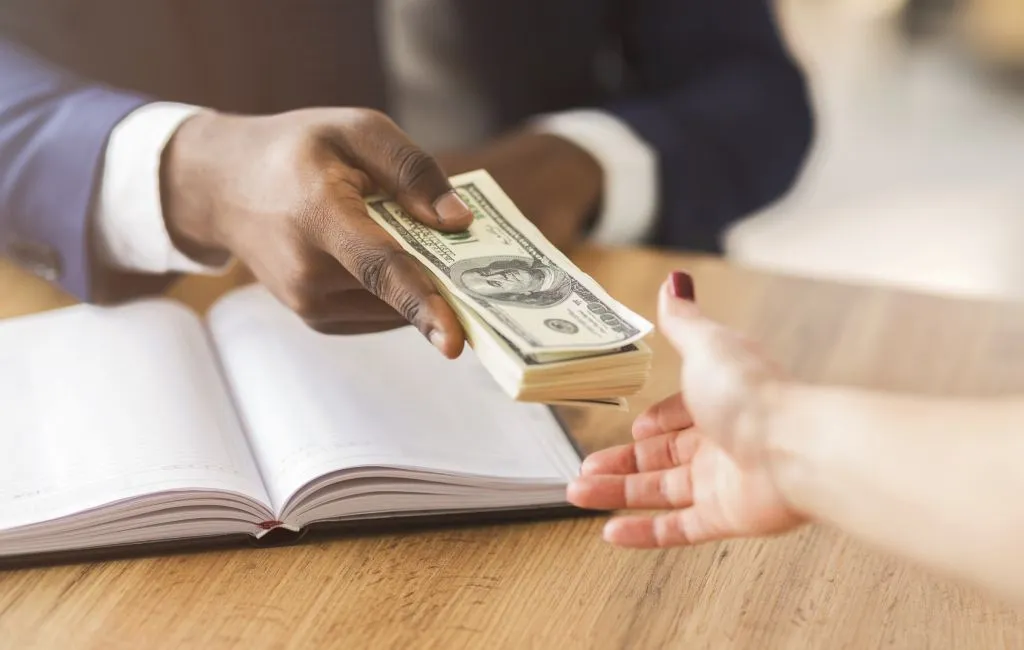
Personal Loans: A Potential Lifeline
Personal loans, on the other hand, offer a set of features designed to help you break free from the quicksand of credit card debt.
Here’s how personal loans can be a potential lifeline in your debt battle:
- Lower Interest Rates (Potentially): Personal loans often come with lower interest rates compared to credit cards, especially if you have a good credit score. This can significantly reduce the overall cost of borrowing and allow you to pay off your debt faster. It’s like having a lower interest rate as your weapon – you can chip away at the debt more efficiently with each payment.
- Fixed Monthly Payments: The Predictable Ally With a personal loan, you have a fixed monthly payment for the entire loan term. This predictability allows for easier budgeting and helps you avoid any surprises. You’ll know exactly how much you owe each month, making it easier to plan your finances and allocate funds effectively. It’s like having a clear roadmap for your debt repayment journey – you know exactly how much you need to pay and for how long.
- Set Repayment Term: Personal loans come with a set repayment term, typically ranging from 1 to 7 years. This means you’ll have a clear timeline for when your debt will be completely paid off. Knowing the finish line provides a sense of accomplishment and motivation to stay on track with your repayment plan. It’s like having a defined timeframe for winning the debt battle – you can see the light at the end of the tunnel and stay focused on reaching it.
By carefully comparing these features, you can make an informed decision about whether a personal loan can be a strategic weapon in your fight against credit card debt. In the next section, we’ll delve deeper into the potential benefits and drawbacks of using a personal loan for debt consolidation, helping you decide if it’s the right approach for your unique financial situation.
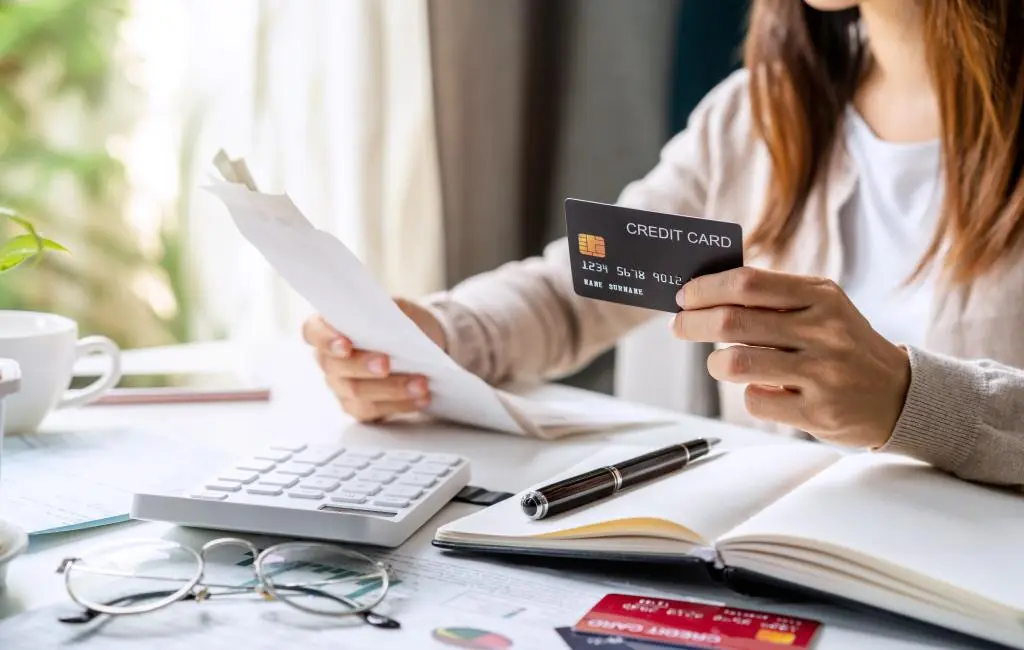
Is Using a Personal Loan to Pay Off Credit Cards a Good Idea?
In short: Yes, using a personal loan to pay off credit cards can be a good idea if it helps you secure a lower interest rate, simplifies your payments, and provides a clear debt-free timeline.
However, it’s crucial to consider the potential risks and ensure you don’t fall back into the cycle of debt.
Benefits of Using a Personal Loan to Pay Off Credit Cards
While credit cards can be a convenient tool, their high interest rates and variable nature can make them a dangerous beast to manage. Using a personal loan to pay off credit cards can be a strategic move in your fight for financial freedom, but it’s important to understand the potential benefits in detail before you embark on this quest.
Here’s a closer look at the advantages a personal loan can offer:
- Slashing the Interest Rate Hydra: One of the most significant benefits of using a personal loan is the potential for significantly lower interest rates compared to credit cards. If you’ve been diligently building your credit score, you might qualify for a personal debt payoff loan with a much lower interest rate than your existing credit card rates. This is like wielding a powerful sword against a multi-headed hydra – each payment can effectively target multiple interest charges, allowing you to pay down the principal balance much faster. Imagine the difference between paying 20% interest on a $5,000 credit card balance and securing a 12% personal loan for the same amount. Over the life of the loan, you could save thousands of dollars in interest charges, putting that money towards your debt-elimination goals instead.
- Simplifying the Payment Battlefield: Juggling multiple credit card bills with varying due dates and minimum payments can be a logistical nightmare. A personal loan offers a welcome respite by consolidating your credit card debt into a single, unified payment. This simplifies your financial life and significantly reduces the risk of missing a payment due to confusion or forgetfulness. It’s like transforming a chaotic battlefield into a well-organized one – you have a clear view of your enemy (the debt) and a single, focused attack strategy (the personal loan payment) to defeat it.
- A Fixed Repayment Term: Credit card debt can feel like an endless tunnel with no light at the end, especially if you’re only making minimum payments. Personal loans, on the other hand, come with a set repayment term, typically ranging from 1 to 7 years. This established timeframe acts as a roadmap to your debt-free future. Knowing exactly when you’ll be free from the burden of credit card debt provides a powerful sense of accomplishment and motivation to stay on track with your repayment plan. It’s like having a countdown timer on your quest – you can see yourself getting closer to slaying the credit card dragon with each passing month.
- Potential Credit Score Boost: Using a personal loan to pay off credit cards can potentially improve your credit score in several ways.
Here’s how it weakens the credit card dragon’s defenses:- Lower Credit Utilization: Paying off your credit cards reduces your credit utilization ratio, a key factor in your credit score. This ratio compares your outstanding credit card balances to your total credit limits. A lower utilization ratio indicates responsible credit management and can lead to a credit score increase.
- Diversified Credit Mix: Adding an installment loan like a personal loan to your credit profile demonstrates your ability to handle different types of credit responsibly. This diversification of your credit mix can also have a positive impact on your overall credit score.
- Avoiding Fee Traps: Credit cards often come with a variety of fees that can silently drain your wallet. These include late payment fees, annual fees, and balance transfer fees. Personal loans, on the other hand, typically have fewer fees, or origination fees that are factored into the loan amount upfront. This can save you money over the life of the loan and prevent you from falling victim to hidden credit card charges.
By understanding these potential benefits, you’re better equipped to decide if a personal loan is the right weapon for your fight against credit card debt. In the next section, we’ll explore the potential drawbacks of using a personal loan for debt consolidation and discuss alternative solutions to help you choose the most suitable path to financial freedom.

Potential Drawbacks and Risks
While using a personal loan to pay off credit cards has its advantages, it’s not without risks. Here are some potential drawbacks to consider.
1. Temptation to Accumulate More Debt
One of the biggest risks of using a personal loan to pay off credit cards is the temptation to rack up new credit card debt once your balances are paid off. If you don’t change your spending habits, you could end up in an even worse financial situation with both a personal loan and new credit card debt.
2. Higher Overall Cost
If you don’t secure a significantly lower interest rate on your personal loan compared to your credit cards, you might not save much money in the long run. Additionally, personal loans come with origination fees, which can add to the overall cost.
3. Impact on Credit Score
While a personal loan can help your credit score in some ways, it can also have a negative impact initially. Applying for a personal loan involves a hard credit inquiry, which can temporarily lower your credit score. Additionally, taking on new debt can increase your debt-to-income ratio, which might negatively affect your credit score.
4. Financial Discipline Required
Successfully using a personal loan to pay off credit cards requires financial discipline. You need to ensure that you’re not only making your loan payments on time but also not accumulating new credit card debt. This might require a significant shift in your spending and budgeting habits.
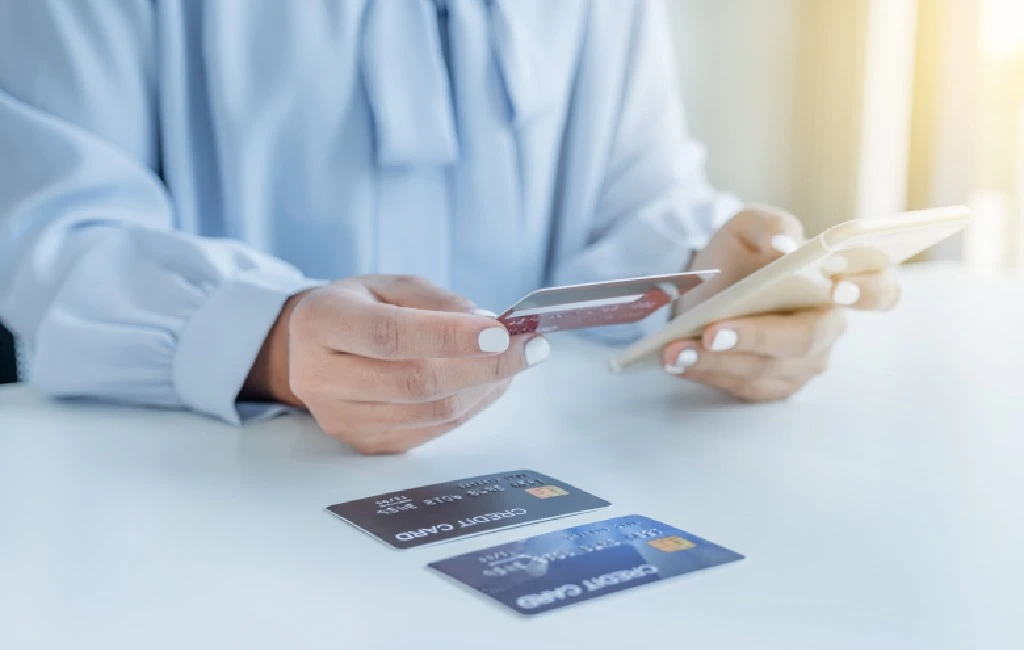
Steps to Successfully Pay Off Credit Cards With a Personal Loan
If you decide that using a personal loan to pay off credit cards is the right strategy for you, follow these steps to ensure success.
1. Assess Your Financial Situation
Start by taking a close look at your financial situation. Calculate your total credit card debt, the interest rates you’re currently paying, and your monthly payments. This will help you determine if a personal loan could save you money.
2. Shop Around for the Best Loan
Not all personal loans are created equal, so it’s essential to shop around for the best rates and terms, not be a victim or high-interest loans. Compare offers from different lenders, including banks, credit unions, and online lenders. Pay attention to the interest rate, fees, and repayment terms to find the best deal.
3. Use the Loan for Its Intended Purpose
Once you receive your personal loan, use it immediately to pay off your credit card debt. Don’t be tempted to use the funds for anything else. The goal is to eliminate your high-interest debt, so staying focused on that purpose is crucial.
4. Create a Budget
To avoid falling back into debt, create a budget that outlines your income and expenses. Identify areas where you can cut back on spending and allocate more funds toward your loan payments. A budget will help you stay on track and ensure you’re living within your means.
5. Avoid New Credit Card Debt
This step is critical. Once your credit card balances are paid off, avoid using your credit cards unless you can pay off the balance in full each month. Consider leaving your credit cards at home or even freezing them to prevent impulsive spending.
6. Make Timely Loan Payments
Ensure you make all your personal loan payments on time. Set up automatic payments if possible to avoid missing any due dates. Timely payments will help you pay off your loan as quickly as possible and improve your credit score.

Alternatives to Using a Personal Loan for Credit Card Debt
Can a credit card debt be forgiven? Well, if you’re not sure that a personal loan to pay off credit cards is the best option for you, there are several alternatives to consider.
1. Balance Transfer Credit Card
A balance transfer credit card allows you to transfer your existing credit card balances to a new card with a lower interest rate, often with a 0% introductory period. This can help you pay off your debt faster without accruing additional interest. However, be mindful of balance transfer fees and the interest rate after the introductory period ends.
2. Debt Consolidation Loan
Similar to a personal loan, a debt consolidation loan is specifically designed to combine multiple debts into a single loan with a lower interest rate. This can simplify your payments and potentially lower your interest costs.
3. Home Equity Loan or HELOC
If you own a home, you might consider a home equity loan or a home equity line of credit (HELOC). These loans use your home as collateral and typically offer lower interest rates than unsecured loans. However, they come with the risk of losing your home if you can’t make the payments.
4. Debt Management Plan
Working with a credit counseling agency to create a debt management plan (DMP) can help you pay off your debt more efficiently. A DMP involves negotiating with creditors to lower interest rates and consolidate payments into a single monthly payment. This can make it easier to manage your debt and pay it off faster.
5. DIY Debt Snowball or Avalanche Method
If you prefer to tackle your debt on your own, consider using the debt snowball or avalanche method. The debt snowball method involves paying off your smallest debts first, while the debt avalanche method focuses on paying off debts with the highest interest rates first. Both methods can be effective in helping you become debt-free.

Expert Tips for Successfully Paying Off Credit Card Debt
Regardless of the method you choose, these expert tips can help you successfully pay off your credit card debt.
1. Track Your Spending
Keep a close eye on your spending to identify areas where you can cut back. Use apps or budgeting tools to help you stay organized and on track.
2. Increase Your Income
Look for ways to increase your income, whether it’s through a side hustle, freelance work, or asking for a raise at your current job. Extra income can help you pay off your debt faster.
3. Stay Motivated
Paying off debt can be a long and challenging journey, so it’s important to stay motivated. Celebrate small milestones along the way and remind yourself of the benefits of becoming debt-free.
4. Seek Professional Help if Needed
If you’re struggling to manage your debt, don’t hesitate to seek professional help. Credit counseling agencies, financial advisors, and debt relief companies can offer valuable guidance and support.
5. Avoid Common Pitfalls
Be aware of common pitfalls, such as taking on new debt or failing to adjust your spending habits. Stay focused on your goal of becoming debt-free and make decisions that support that goal.
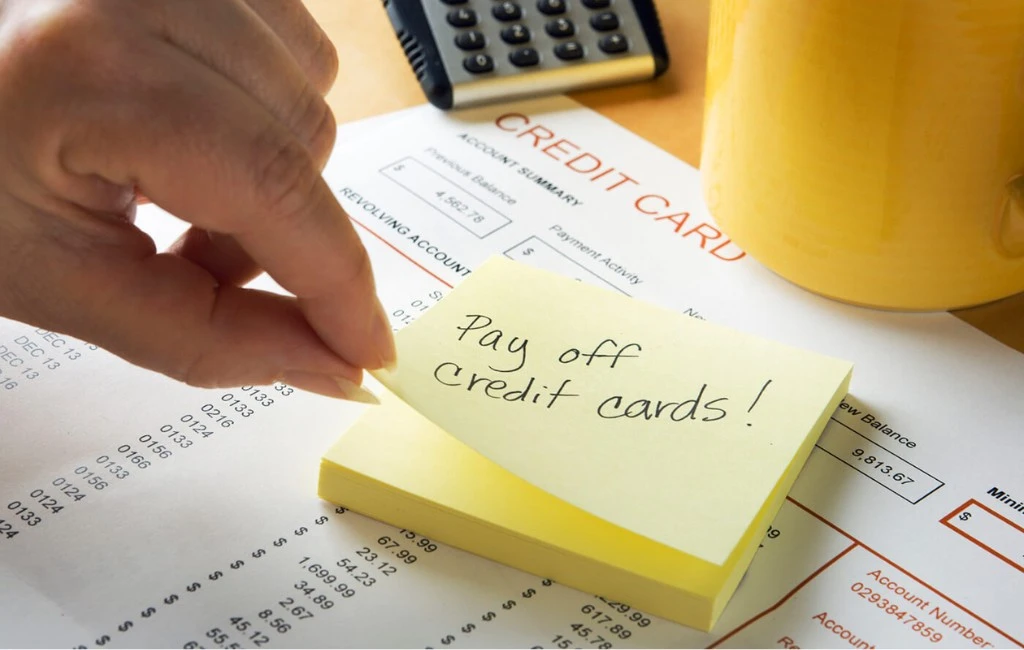
Final Words
Using a personal loan to pay off credit cards can be a smart strategy if done correctly. It offers the potential for lower interest rates, simplified payments, and a clear repayment timeline. However, it’s important to consider the risks and ensure you have the financial discipline to avoid accumulating new debt.
By carefully assessing your options, creating a solid repayment plan, and staying committed to your financial goals, you can successfully pay off your credit card debt and achieve financial freedom. Remember, the key to success lies in making informed decisions and maintaining responsible financial habits.
By understanding the ins and outs of using a personal loan to pay off credit cards, you’re better equipped to make a decision that aligns with your financial goals. Whether you choose this route or explore other alternatives, the ultimate goal is to become debt-free and build a secure financial future.


